(ECNS) – After relentless floods for five days, rain finally stopped in Rongjiang County, southwest China's Guizhou Province on Sunday.
At 10 a.m., the county terminated its Level-I emergency flood response, making way to commence its routine flood prevention strategy.
Since June 18, the county has endured six consecutive days of heavy rainfall, accumulating 63 million cubic meters of precipitation. Upstream and downstream floods combined with rainfall submerged the entire county in floodwaters.
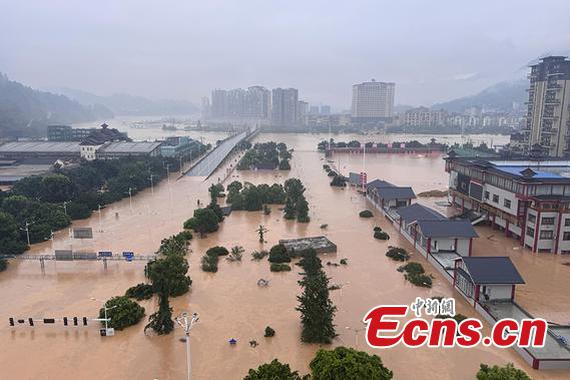
Located at the confluence of three rivers, this small county floods almost every year, though rarely as devastating as this one.
Shi Lin’s family lived in a two-story house. Previously, they avoided major losses by moving belongings upstairs during floods, but this time their entire house collapsed.
While scrolling through videos, Shi saw footage of a submerged house and instantly recognized her home. Within moments, the tiles vanished beneath rising waters.
Li Lan recalled that on June 24, floodwaters began to rapidly rise. As she and her husband placed food onto a table, the water was already at their ankles. Urged by local officials, they evacuated immediately.
Her husband moved their car to higher ground, while she carried their 18-month-old child back home. That night, without water or phone signal, she couldn’t contact her husband at all.
She endured an anxious, terrifying night, surviving on stored water and instant noodles provided by neighbors, amid her child’s incessant cries.
The next day, as floodwaters receded, Li returned to her shop carrying her child. Thick mud covered the streets, and her shop was nearly destroyed — its once-white walls were stained yellow with silt.
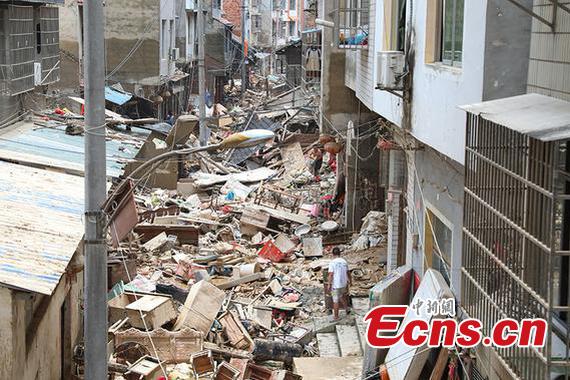
Just as local people were preparing to resume their lives, floods returned four days later unexpectedly.
On June 28, alarms, whistles, and loudspeakers blared as rain fell in Rongjiang. Evacuation notices echoed urgently in both Mandarin and the local dialect.
Evacuees hurried nervously. After six or seven attempts, Shi Lin finally managed to call her mother. On the morning of June 28, with food supplies depleted, Shi visited a temporary relief station at a local school. Days without running water or electricity had created long queues.
Around 9:30 a.m., an urgent announcement warned: “Evacuate immediately! Abandon supplies and head to higher ground! Floods are coming!”
Resident Zhang Ting initially planned to wait out the flood on her second floor, stocking up supplies. She owned a kitten that she seldom took outside before. “The kitten is my family, too,” she said, as she carried it whilst evacuating.
In a county exhibition hall, 16 once-neatly parked cars now lay jumbled and sunk in over 40 centimeters of mud, coated in sludge—remnants of the first flood. Shop owner Hu Yu lamented, “This shop is like my child. Seeing it damaged breaks my heart.”
Around the time Zhang evacuated, Rongjiang upgraded its flood response to Level-I.
By 6 p.m. on Saturday, over 8,000 officials in Rongjiang had urgently evacuated 41,574 people from 11,992 households.
Party members, government officials, and reinforcement teams worked tirelessly to survey flood-hit areas and help evacuate residents from danger zones.
Tian Geng, an official from Chemin Subdistrict and deputy commander of the Fourth Flood Zone, stated, “My own home was flooded this time. My family handled everything while I focused entirely on rescuing residents. Seeing once-bustling areas reduced to utter devastation is heartbreaking.”
At 11 p.m., after completing over a dozen rescue trips, the Tongzi Blue Sky Rescue Team began withdrawing. Team member Chen Cheng said they embarked on their return journey overnight to avoid “burdening the local community” any further.
After the floods, people eagerly sought a return to normality.
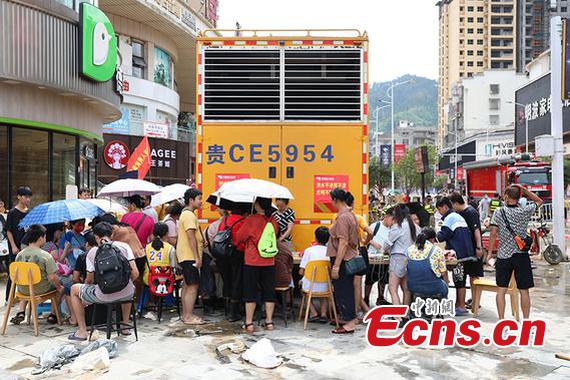
Post-disaster cleanup and debris removal are now underway. Initial assessments indicate 141 disruptions across 41 roads, primarily near the Duliu River and around the Pingyong and Zhaihao Rivers.
Hu Lei, a philanthropist from Zhongwei, Ningxia City of Gansu Province, known as the “Kneeling giant,” earned widespread praise for fundraising and delivering supplies to Rongjiang.
Public records show that Hu, who was paralyzed from polio, supports himself through scavenging and street vending while donating for years—his actions inspiring millions. His donations totaling over 1 million yuan primarily come from government aid, livestream gifts, handicraft sales, recycling, and public donations.
Dubbed the “Kneeling giant” by media; Hu now has over a million followers through his short-video account.
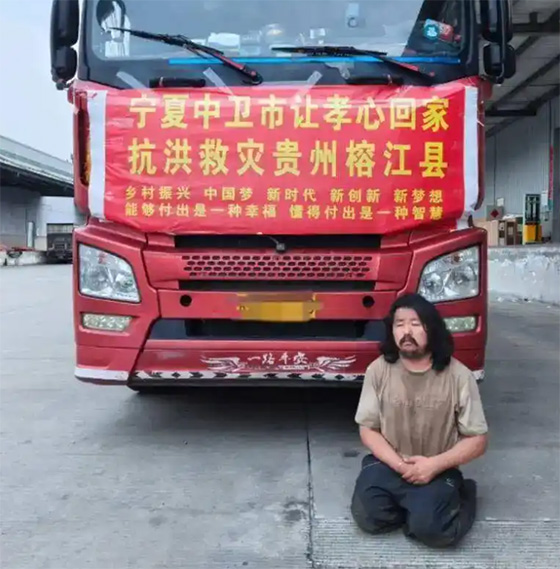
On Saturday, Hu rushed to Chengdu to purchase supplies. Around 8 p.m., he transported 19 metric tons of relief goods to Rongjiang.
Traveling 70 hours with only two hours of sleep, he and his team arrived at noon on Sunday. That afternoon, Hu confirmed they had unloaded the supplies, completed the necessary handover procedures, and would soon depart.
“I believe tomorrow will be better,” local official Tian Geng affirmed.









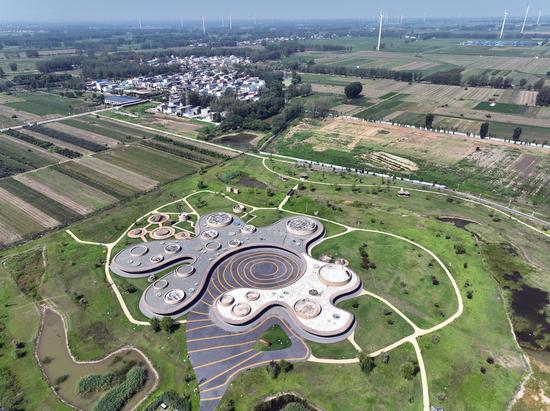



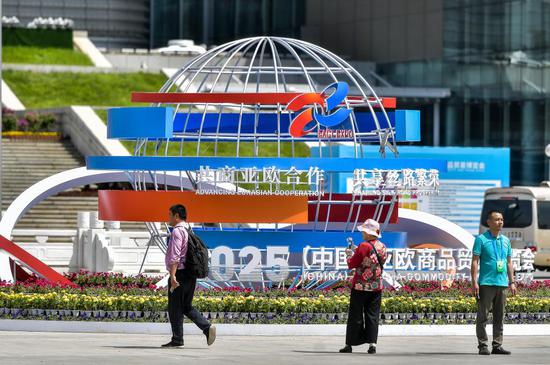
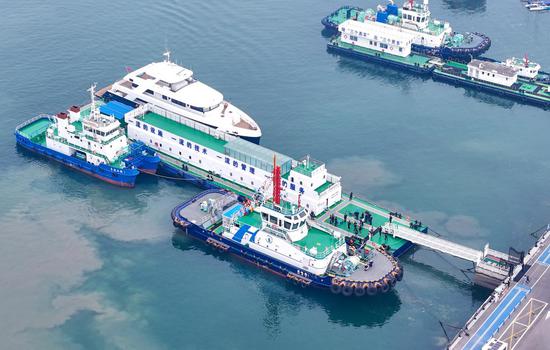






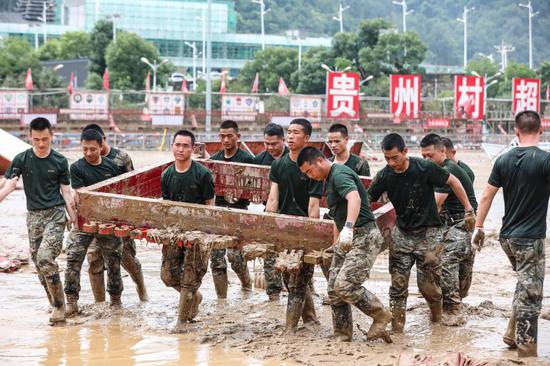

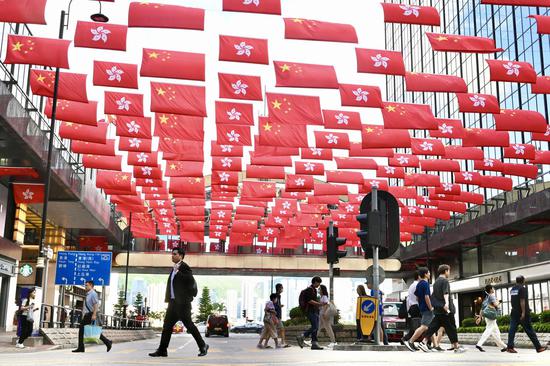




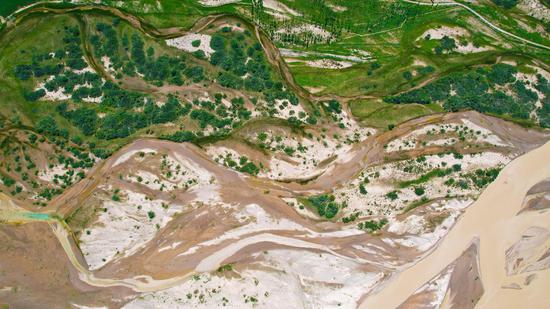



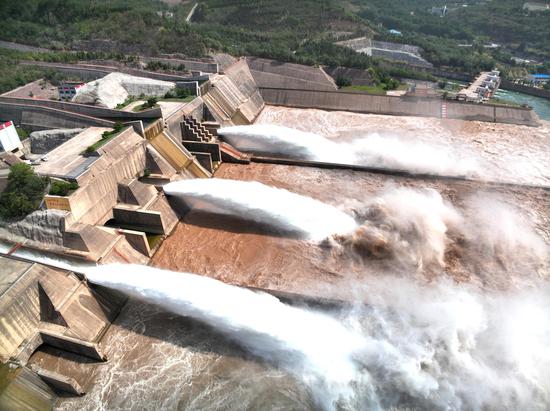



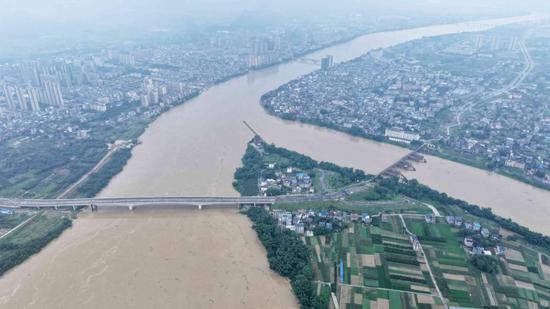
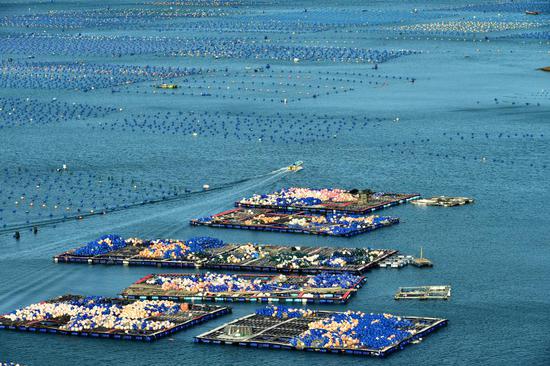










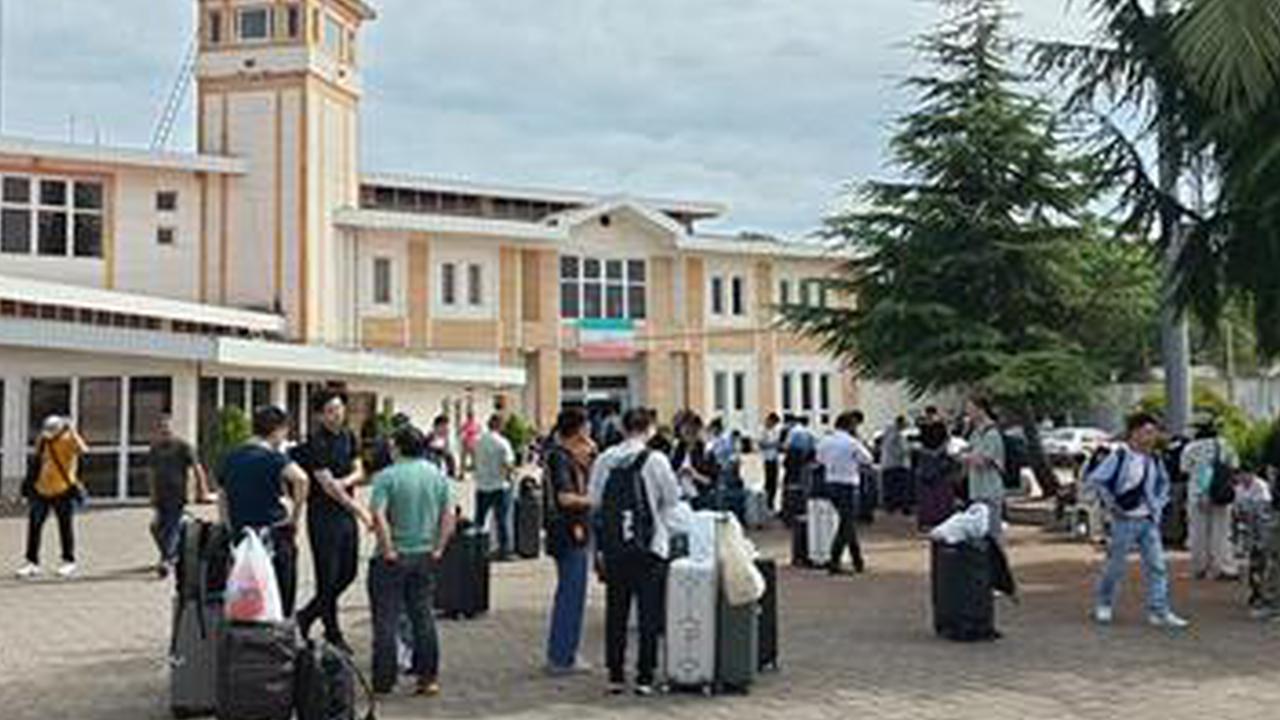

 京公網安備 11010202009201號
京公網安備 11010202009201號